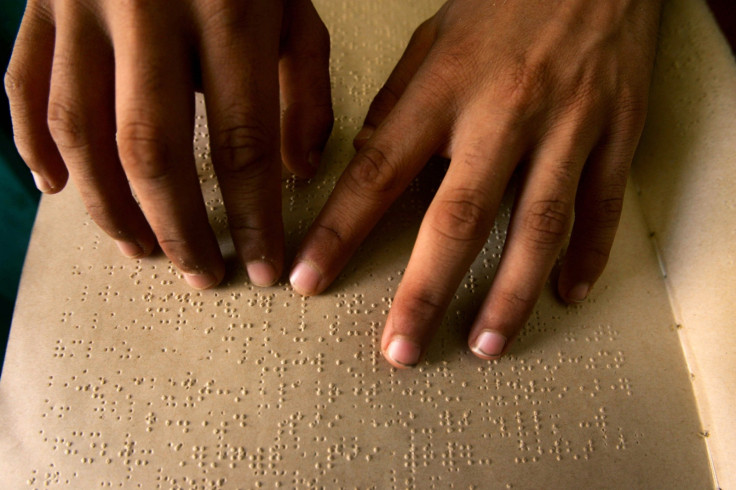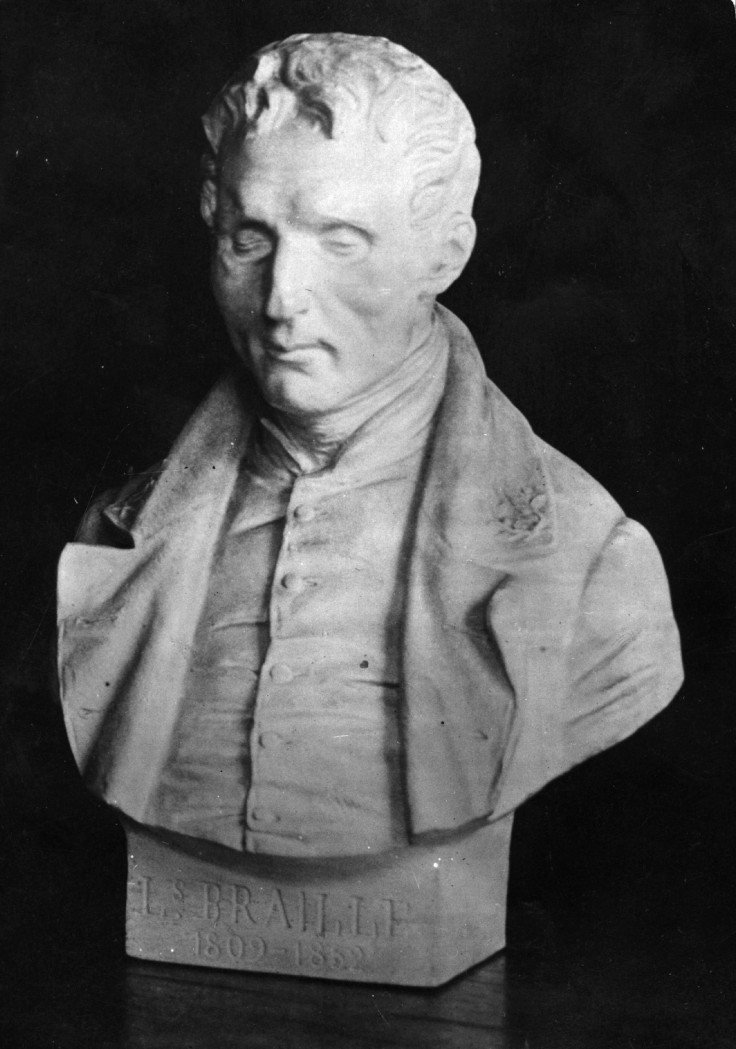World Braille Day: Who invented the reading and writing system and why?
Around 150 million people around the world use braille.

Around 285 million people are estimated to be visually impaired worldwide, with 39 million blind and millions more with low vision, as well as two million people living with sight loss in the UK alone.
According to National Braille Week, around 150 million people use braille – a code system of raised dots – as a form of literacy, as it allows users to spell, use punctuation and format text on a page.
The inventor of braille, Louis Braille, was born on 4 January 1809 in the town of Coupvray in northern France. Braille's father worked as the village saddler and he spent his early years playing in the workshop. When he was three, he was struck in the eye in an accident and despite receiving medical treatment, the wound became infected, spreading to the other eye.
By the time he was five, he was blind in both eyes – but the tragic accident would lead to the birth of braille.
Braille studied at the National Institute for Blind Youth in Paris and in 1821, Braille learned of a communication system invented by French Army Captain Charles Barbier, which used a code of dots and dashes on thick paper that could be felt by touch. It allowed soldiers to communicate in the field without speaking or using light, which would alert enemies to their whereabouts.
Inspired by the system, Braille came up with his own much simpler version – and by the age of 15, he had formed six dots which could be used in 63 ways to form a code with the fingertips.

His code was easily adapted to fit languages other than French, allowing the blind and visually impaired to read more easily and faster than before.
He published his system in 1829 and was offered a professorship in 1833, teaching history, geometry and algebra, as well as his own system of Braille. He published books explaining how to use his code, which included dots and dashes for demonstration.
In 1834, when Braille was in his mid-20s, he demonstrated the uses of his system at the Exposition of Industry in Paris, which spread knowledge of the code further. However, the National Institute for Blind Youth that Braille worked at still refused to officially adopt his system.
It wasn't until 1854, two years after he had died, when Braille was adopted by a school in Amsterdam in the Netherlands as the primary form of reading and writing.
In 1952, Louis Braille's accomplishments were finally recognised by the French Government and his body was exhumed from the village cemetery in Coupvray and reburied in the Pantheon in Paris. However, the Mayor of Coupvray insisted on having Braille's hands removed and buried in the village cemetery. Over the decades, use of Braille spread around the world.
© Copyright IBTimes 2024. All rights reserved.






















